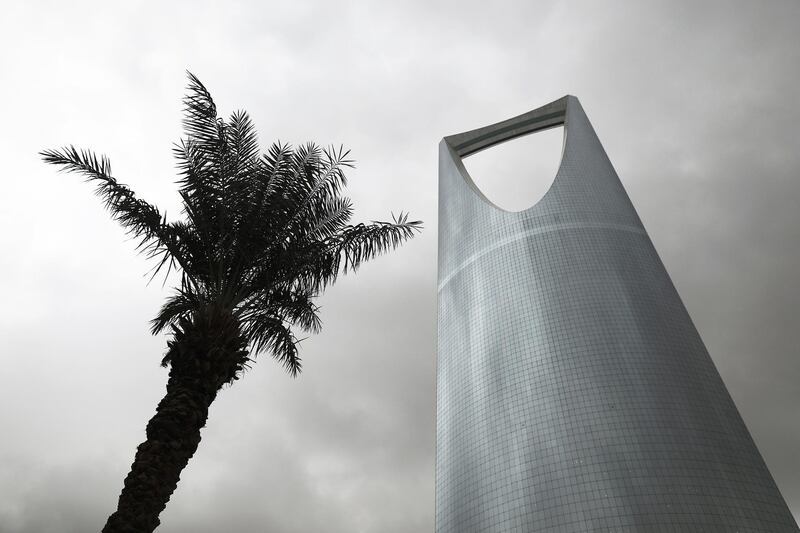S&P Global Ratings affirmed its rating for Saudi Arabai at A-minus with a stable outlook thanks to the country’s economic growth and strong fiscal position as the world’s biggest oil exporter forges ahead with reforms.
“The stable outlook reflects our expectation that Saudi Arabia will maintain a pace of moderate economic growth and retain strong government and external balance sheets over the next two years, despite wider fiscal deficits,” S&P said in the report.
The rating agency expects the kingdom’s economy to expand 1.8 per cent this year and 2.1 per cent in 2020, amid an increase in government spending.
Saudi Arabia, the biggest Arab economy, is undertaking a series of reforms under the umbrella of Vision 2030 to wean itself off oil income. These reforms include the introduction of 5 per cent VAT in 2018, higher energy prices and revamping of laws to attract foreign direct investment.
The kingdom has planned to eliminate its budget deficit by 2023 as part of these reforms.
“We expect that the government will try to reduce its budgeted expenditure to achieve its goal of a balanced budget by 2023, especially in light of oil production cuts following the December 2018 Opec agreement,” S&P said.
The kingdom, which previously relied on drawing down the assets of the Saudi Arabia Monetary Authority to fund its deficit, is increasing tapping the local and international debt markets to plug the shortfall. S&P expects the deficit will be financed 30 per cent by asset drawdowns and 70 per cent by debt issuance.
“The country will partly fund its ambitious economic reform programme using the large fiscal and external buffers that it amassed during the pre-2015 era of twin balance of payments and budgetary surpluses,” the agency said.
“The government is implementing a series of reforms that include social measures aimed at increasing labour participation [particularly of women], improving levels of educational attainment, and raising the private sector's role in the economy, while achieving a balanced budget by 2023.”
As part of Vision 2030 reforms, the government approved in 2017 a four-year 200 billion riyals (Dh195,86bn) stimulus programme covering 17 initiatives ranging from housing to exports. The stimulus measures aim to improve the competitiveness of a number of domestic sectors of the economy and provide employment opportunities for Saudi Arabian youth.
“We continue to anticipate that public investment will increase under a four-year stimulus plan whose goal is to stabilise private-sector demand,” said S&P. “In addition, the announced increase in 2019 expenditure underpins our real growth expectations, which average about 2 per cent per year over the forecast horizon.”







